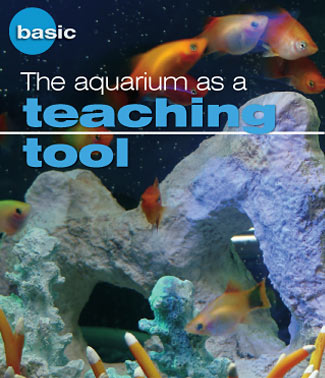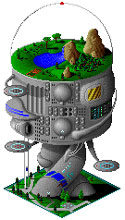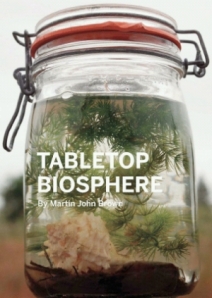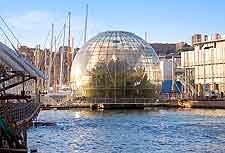Divination is simply a way of revealing the truth.
People would come to the shaman to answer a question or situation to reveals or uncovers to their client hidden truths about themselves, or the circumstances surrounding them.
Three fundamental principles of expanded perception:
1.Intention
All actions begin with an intention, a desire for a specific outcome. These intentions can be conscious or subconscious. The principle of intention operates by asking a question of intent 'this is what I want to do' e.g. I want to find out what I am meant to do this month?
2.Trust
Trust is an ineffable quality, it is experienced in the body, not the mind. Trust takes time, and to get trust we need feedback( sometimes from others) which either directly or indirectly validates our experience. With trust our experiences and confidence in our actions increase significantly.
3.Attention
This is about the application and focus of intention. Attention is not 'hard-work' yet it needs consistency, to place your awareness at the interface of events or places..... ideas flows where Attention goes.
Divinatory methods:
The shamans used many diverse methods for divination, either ways seeking patterns in natural objects and events, or using techniques to directly obtain hidden knowledge.
Rock Divination:

To do this the traditional practice is for the seeker looks for a rock whilst holding the question in the mind, eventually there will be a rock which stands out or 'metaphorically' shouts out "me, me!".
Trust your instincts. The more faceted and inner forms the rock has the better as more facets and patterns mean more detail and images can be seen in the rock by the reader.
The seeker should then give the rock to the shaman or practitioner and state the question. The shaman (who knows as little as possible about the questioner or the circumstances regarding the question) will gently focus on the rock and allow patterns to form within the imagination.
The shaman may ask the seeker to state the question a few times as this helps to deepen the trance state of awareness, to the place where the shapes and patterns in the rock become a 'gateway' to images, pictures, words and feelings which will start to form within the shaman's being.
Each rock face represents a different aspect of the question, and the initial response is generally "where the questioner is at this moment", and this leads to other rock faces, each rock face exposing and presenting an expanded view of the answer.
To me personally this work is awesome, mysterious and poetic, and I have found that is as if a person's life story is contained in a rock.
As the Tungus shamans of Siberia say "we are all connected, we are all one". So it is no wonder that we can discover ourselves through the natural world.
Shamanic Divination
http://www.newageinfo.com/shamanic-divination.htm

































